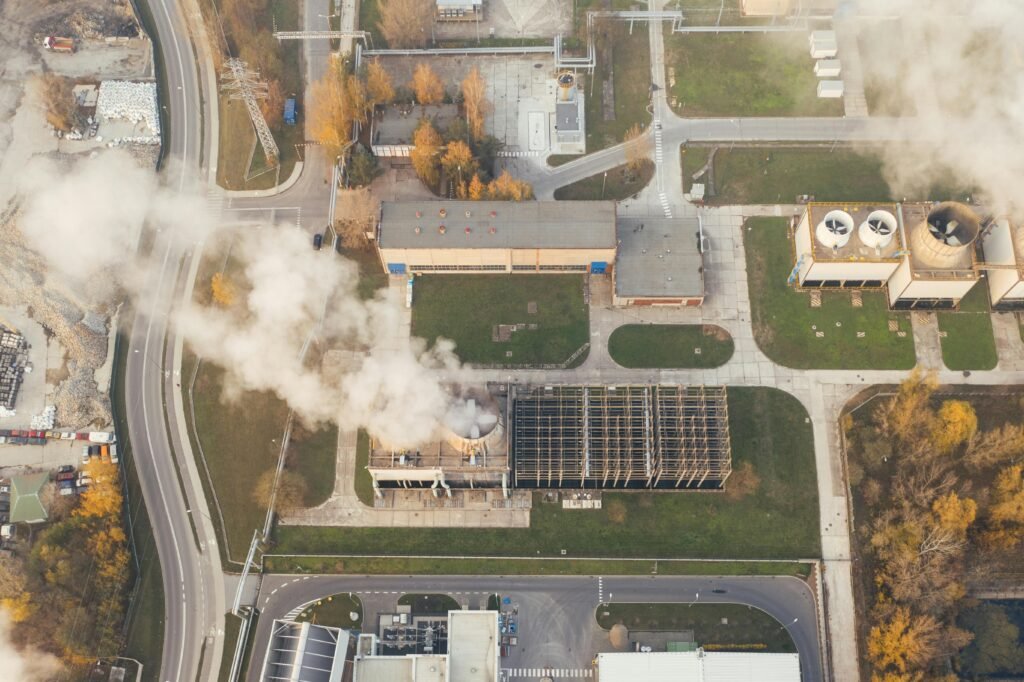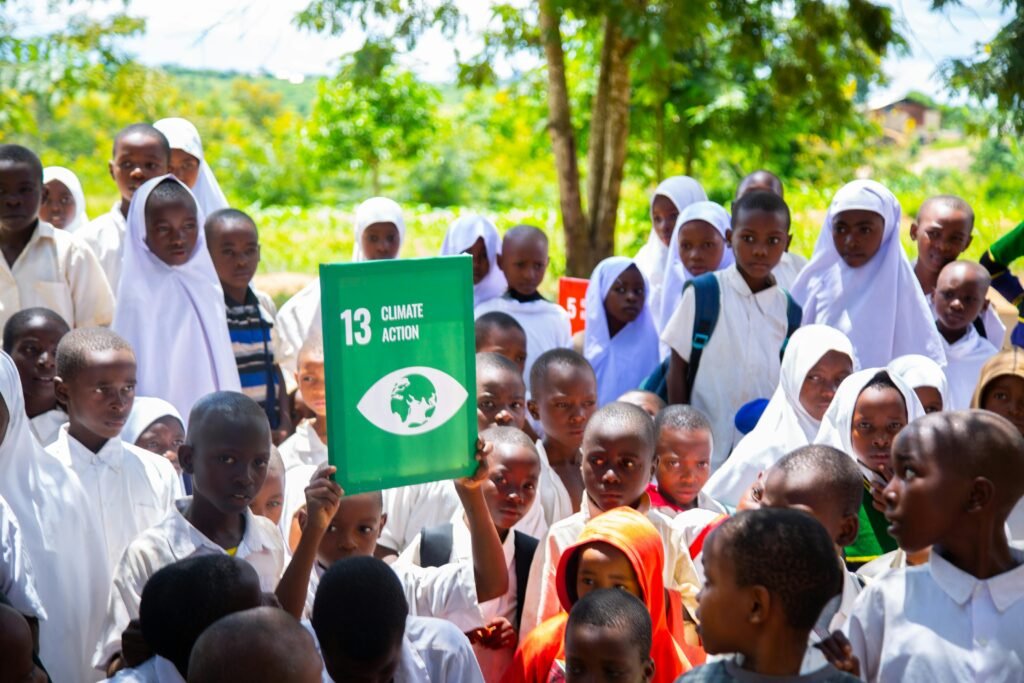Discover how Trend Nova World Social Sector builds sustainable communities across 193 countries, advancing the UN SDGs through innovation and partnerships.

Imagine vibrant communities where clean water flows freely, children learn without barriers, and local economies thrive in harmony with the environment. This is the vision of sustainable communities, and it’s not a distant dream it’s happening now, across 193 countries, thanks to the tireless efforts of organizations like Trend Nova World Social Sector. As a cornerstone of Trend Nova World, a London-based global consultancy operating across all seven continents since 2016, the Social Sector is driving the United Nations’ 17 Sustainable Development Goals (SDGs) to create resilient, inclusive, and thriving communities. With strategic hubs in London, Istanbul, Athens, Dubai, Singapore, Doha, Minsk, and Geneva, and a team of over 5,000 professionals, they’ve delivered 1.2 million outcomes, drawing lessons from every corner of the globe. Let’s explore how these lessons shape sustainable communities, the strategies that work, and how you can join the movement. Contact them at contact@trendnovaworld.com to get involved.
The Blueprint for Sustainability: A Global Perspective
Sustainable communities balance social, economic, and environmental needs, ensuring people thrive without depleting the planet. The SDGs provide a universal framework, and Trend Nova World Social Sector has learned from working in 193 countries that success hinges on local adaptation, collaboration, and innovation. Their license-light model allows flexibility to tailor solutions, while their cross-sector expertise in HR, logistics, real estate, fashion, and tech & education amplifies impact. Since 2016, they’ve created over 50,000 jobs, with a goal of 100,000 sustainable jobs by 2030, 60% for underrepresented groups in Africa (30%), South America (20%), and Asia (10%). Here’s how lessons from their global work are building communities that last.
Empowering People: Lessons from SDGs 1–6
Sustainable communities start with people. The Social Sector’s work on SDGs 1 through 6 shows how to uplift lives through targeted, locally driven solutions.
No Poverty (SDG 1): Lesson empowerment beats handouts. In Rwanda, microfinance programs have supported entrepreneurs like Aline, who launched a coffee shop employing four locals. “They taught me business skills, not just money,” she says. Over 83% of these ventures succeed, proving that combining capital with training builds economic resilience.
Zero Hunger (SDG 2): Lesson local innovation drives food security. In Peru, they’ve introduced vertical farming, boosting yields by 160% in small plots. Community-led nutrition programs have cut hunger by 23%, showing that empowering locals with tech and knowledge ensures lasting food access.
Good Health and Well-Being (SDG 3): Lesson access requires mobility. Mobile clinics in rural Mongolia have increased healthcare access by 34%, delivering vaccines and maternal care. Their tech division’s mental health apps, used in 20 countries, highlight how digital tools can bridge gaps in underserved areas.
Quality Education (SDG 4): Lesson education must be accessible. In Nepal, digital platforms on basic phones have trained 850 youths in digital skills, with 72% finding jobs. “I’m now a web developer,” says Suman. Flexible, tech-driven learning opens doors globally.
Gender Equality (SDG 5): Lesson inclusion transforms communities. In Tunisia, women-led cooperatives in agriculture have created 1,100 jobs. Supporting women’s leadership, as seen in discreet education programs in restrictive regions, builds stronger, equitable societies.
Clean Water and Sanitation (SDG 6): Lesson water access fuels progress. In Ethiopia, solar-powered wells have reduced waterborne illnesses by 49%. By freeing children from fetching water, school attendance rises, showing how infrastructure drives multiple benefits.
These lessons—empowerment, local innovation, mobility, accessibility, inclusion, and infrastructure—create a foundation for thriving communities.
Sustaining the Planet: Lessons from SDGs 7–15
Environmental sustainability is critical for communities to endure. The Social Sector’s work on SDGs 7 through 15 reveals strategies that work worldwide.
Affordable and Clean Energy (SDG 7): Lesson renewables empower locally. In Haiti, solar microgrids power 1,300 homes, enabling small businesses and education. Community-managed energy ensures long-term adoption.
Decent Work and Economic Growth (SDG 8): Lesson green jobs sustain economies. In Morocco, 2,900 youths trained as solar technicians have boosted local employment by 13%. Aligning jobs with sustainability creates resilient livelihoods.
Industry, Innovation, and Infrastructure (SDG 9): Lesson resilient infrastructure lasts. In Vietnam, flood-resistant community centers protect 6,000 residents. Smart city projects in Singapore show how innovation scales sustainability.
Reduced Inequalities (SDG 10): Lesson inclusion builds cohesion. Programs for indigenous groups in New Zealand and refugees in Lebanon create job pathways, fostering unity and opportunity.
Sustainable Cities and Communities (SDG 11): Lesson green urban planning works. In Bogotá, eco-friendly housing projects have improved living conditions for 8,500 people, with solar panels and green spaces reducing environmental strain.
Responsible Consumption and Production (SDG 12): Lesson circular economies thrive locally. In Sweden, a fashion brand we advised cut waste by 39% using recycled materials, showing how sustainable practices boost community pride and economies.
Climate Action (SDG 13): Lesson local action scales globally. In Australia, 1.9 million trees planted through community-led efforts combat climate change, while electric logistics fleets reduce emissions by 11%.
Life Below Water (SDG 14): Lesson community stewardship protects oceans. In Fiji, sustainable fishing cooperatives have increased yields by 21% while preserving reefs, showing local ownership drives conservation.
Life on Land (SDG 15): Lesson ecosystems need people. In Madagascar, reforestation projects employing 450 locals have restored 1,200 hectares, proving community involvement ensures lasting environmental gains.
Key lessons local management, green jobs, resilient design, inclusion, and community ownership make environmental sustainability a community cornerstone.
Fostering Peace and Collaboration: SDGs 16–17
Sustainable communities need peace and partnerships, and SDGs 16 and 17 show how.
Peace, Justice, and Strong Institutions (SDG 16): Lesson transparency builds trust. In Albania, digital governance tools have reduced corruption by 23%, strengthening community faith in institutions.
Partnerships for the Goals (SDG 17): Lesson collaboration multiplies impact. Our partnerships with 50+ organizations, including NGOs and corporations, have reached 87,000 people across 29 countries, proving alliances are the backbone of sustainable communities.
Stories of Transformation
The real proof is in the people. In Kenya, James, trained in eco-tourism, now guides visitors through restored forests. “I’m protecting my home,” he says. In Colombia, a women’s cooperative produces sustainable coffee, funding local schools. “We’re building our future,” says Maria, a leader.
Clients echo this impact. “Their training programs transformed our community outreach,” says an African NGO director. A logistics partner in Singapore adds, “Their solutions made our operations greener and more efficient.”
Measuring and Sharing Progress
Trend Nova World tracks impact with precision, using global frameworks to monitor jobs, emissions, and community outcomes. Their transparent reports show 50,000 jobs created, 10,000 underrepresented beneficiaries trained by 2025, and partnerships in 50 countries, targeting 100 by 2030 with 20% annual job growth. This accountability inspires trust and drives progress.
A Roadmap to 2030
Looking ahead, the Social Sector plans to expand licensing, deepen public-private partnerships, and integrate green tech across all divisions. Lessons from 193 countries—local adaptation, collaboration, and innovation—will guide their work to build more sustainable communities.
Join the Movement
Trend Nova World Social Sector is building a world where communities thrive sustainably. With a 92% partner satisfaction rate and 88% success in operational transformation, they’re a trusted ally. Contact them at contact@trendnovaworld.com to collaborate, share ideas, or join the effort. Let’s create sustainable communities together.








